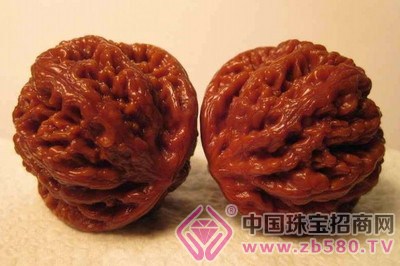Now, I don’t want to talk about wenwan. The men and women in the fashion world don’t have a bunch of lobular rosewood bracelets, but today’s young people are mostly impetuous. No matter what, they are pursuing speed and efficiency, even though they want to make the lobular rosewood hand. The idea of ​​a string of rapid patina is not appropriate, but thinking about how busy the work is, so little time, many ideas are justifiable. The following small series teaches you a kind of red sandalwood bracelets, soy beans and beads quickly spread the pulp method, eager to let their friends of the red sandalwood bracelets seriously studied.

First recall the specific method steps of the soybean bean bead method
The first step is to take apart the beads and prepare the clean soy beans with seven to eight times the volume of the red sandalwood beads.
The second step is to find a cotton pocket, put the red sandalwood beads and soy beans together, lick for more than half an hour every day, and then put them up. The beads don't have to be taken out. This lasts for ten days.
The third step is to take the beads out. At this time, your rosewood beads can be very bright, don't rush to get started, because it is only polished, it is easy to spend it.
The fourth step is to take out the silk cloth immediately after the third step. You need to prepare a silk cloth, use a silk disk, more than half an hour a day, put a week for a week, and insist on hanging porcelain for two months.
In the fifth step, the discs are alternately placed by hand and silk, and the beads will be thickly packed.
Does the use of soy beans do not wear the sandalwood beads?
Since the hardness of soybeans is lower than that of beads, there is no need to worry about the wear and tear of your beloved beads. I used to feel that there was a collision between hard objects. I was worried that the yellow bean beads would wear the beads, but this was not the case. Not only did the wear and tear not occur, but the effect was not as good. Later, I learned that the original soy bean method is also called the yellow bean polishing method. The yellow bean is essentially a polishing effect, which is a good polishing method.
Why is it faster to use the soy bean beads?
Soybeans are oily and can greatly reduce the oil loss caused by other tools (cotton). The deposited grease is more easily attached to the surface of the beads, and the natural slurry is easier to form.
A little supplement to the fifth step of the yellow bean bead method
The fifth step of the bean-bead method is to alternate between the hand and the silk. Although the price of the silk scarf is somewhat expensive, the silk scarf and the hand are used to play the plate. It is not necessary for a long time to form a pulp on the surface of the bead. The silk scarf is soft in texture, so there is no need to worry about the damage of the beads, which is equivalent to high throwing of the beads. As long as you play with your friends, you can form a perfect patina on the surface of the beads!
But this thing is sometimes not easy to get silk. Here is a compromise method that uses a stocking. Although the material of the stockings is far worse than the silk, the stockings have a great feature, which is very beneficial to the bead pulping, which is extremely easy to generate static electricity.
The stockings generate static electricity when rubbed, which can effectively suck out the oil inside the rosewood beads, which is equivalent to forcing the oil inside the beads a little bit. After a period of time, the surface of the rosewood beads will form a waxy like patina. , it is easy to form a glass bottom
Textile printing is the process of applying color to fabric in definite patterns or designs. In properly printed fabrics the colour is bonded with the fibre, so as to resist washing and friction. Textile printing is related to dyeing but in dyeing properly the whole fabric is uniformly covered with one colour, whereas in printing one or more colours are applied to it in certain parts only, and in sharply defined patterns.
In printing, wooden blocks, stencils, engraved plates, rollers, or silkscreens can be used to place colours on the fabric. Colourants used in printing contain dyes thickened to prevent the colour from spreading by capillary attraction beyond the limits of a pattern or design.
SUZHOU S-PEAK TEXTILE CO., LTD , https://www.s-peaktex.com
![<?echo $_SERVER['SERVER_NAME'];?>](/template/twentyseventeen/skin/images/header.jpg)